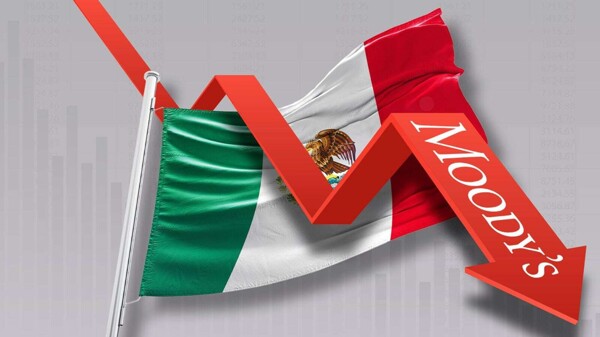
The passenger train industry in Mexico is booming, and two key companies are Alstom, led in France by Henri Poupart-Lafarge and in Mexico by Maite Ramos in Ciudad Sahagún, and CAF, presided over in Spain by Andrés Arizkorreta, with a plant in Huehuetoca, State of Mexico. Growth in this sector is expected in the coming months.
On the other hand, changes have occurred in the IMSS despite Zoé Robledo remaining as head. The new administration is making moves, particularly in the management area. All eyes are on Claudia Sheinbaum's plans, especially in the Mexican Petroleum (Pemex) sector.
Recently, the National Pemex Plan was presented with the Secretary of Energy, Luz Elena González, and the general director, Víctor Rodríguez Padilla. There is concern about the company's financial viability in the coming years. Greater participation from private companies in mixed projects is expected instead of Public-Private Partnerships.
Regarding the Retirement Savings System (SAR), good results are anticipated by the end of the year for workers who have an Afore. Julio César Cervantes, president of the Consar, announced capital gains for the savings of workers managed in Afores. The system has remained independent from the government, with a significant increase in voluntary contributions in recent years.
In the automotive sector, the importance of the railway car manufacturing industry in Mexico stands out. In 2023, four billion dollars of these products were exported mainly to the United States and Canada. Companies dedicated to the construction of freight and passenger cars generate employment in various states of the country.
In relation to Pemex, a reduction of duplicated functions between subsidiaries and adjustments in the unionized and trusted workforce is anticipated. The debt to suppliers of more than 20 billion dollars is a cause for concern. The need to implement the plan to reduce refining costs before the new administration begins in the United States is being proposed.
In summary, changes and challenges are looming in different key sectors of the Mexican economy in the coming months.














